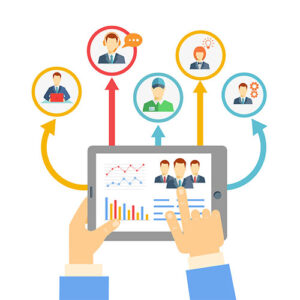Innovate to Elevate: Harnessing Continuous Improvement in HR Processes
In today’s dynamic and rapidly evolving business landscape, Human Resources (HR) plays a pivotal role in shaping an organization’s success. The traditional perception of HR as a mere administrative function has evolved into a strategic powerhouse. HR processes are now expected to be proactive, innovative, and agile in their approach. One way to achieve this transformation is by embracing the concept of Continuous Improvement.
Continuous Improvement, often associated with manufacturing and process optimization, is equally relevant in the realm of HR. In this article, we will delve into the concept of Continuous Improvement in HR, exploring its benefits, strategies, and its crucial role in elevating your organization’s performance.
Table of Contents
ToggleThe HR Evolution: A Paradigm Shift
HR has come a long way from being primarily responsible for administrative tasks such as payroll processing and record-keeping. Today, HR leaders are strategic partners in organizational growth. They contribute to talent acquisition, employee engagement, retention, and fostering a workplace culture that drives innovation.
Continuous Improvement in HR is about recognizing the need for ongoing enhancement and optimization of HR processes and practices. It involves the systematic identification of areas that need improvement and the implementation of strategies to achieve those improvements.
Benefits of Continuous Improvement in HR
Enhanced Talent Acquisition
Improved Employee Engagement
Increased Retention Rates
Streamlined HR Processes
Data-Driven Decision Making
Strategies for Implementing Continuous Improvement in HR
Now that we’ve explored the benefits, let’s discuss some effective strategies for implementing Continuous Improvement in HR:
Regular Process Audits
Feedback Loops
Training and Development
Technology Integration
Benchmarking

Continuous Improvement in HR is about recognizing the need for ongoing enhancement and optimization of HR processes and practices. It involves the systematic identification of areas that need improvement and the implementation of strategies to achieve those improvements.
Challenges and Pitfalls in Continuous Improvement
While Continuous Improvement in HR offers numerous advantages, it is not without its challenges and potential pitfalls. It’s essential to be aware of these issues to navigate the journey effectively:




